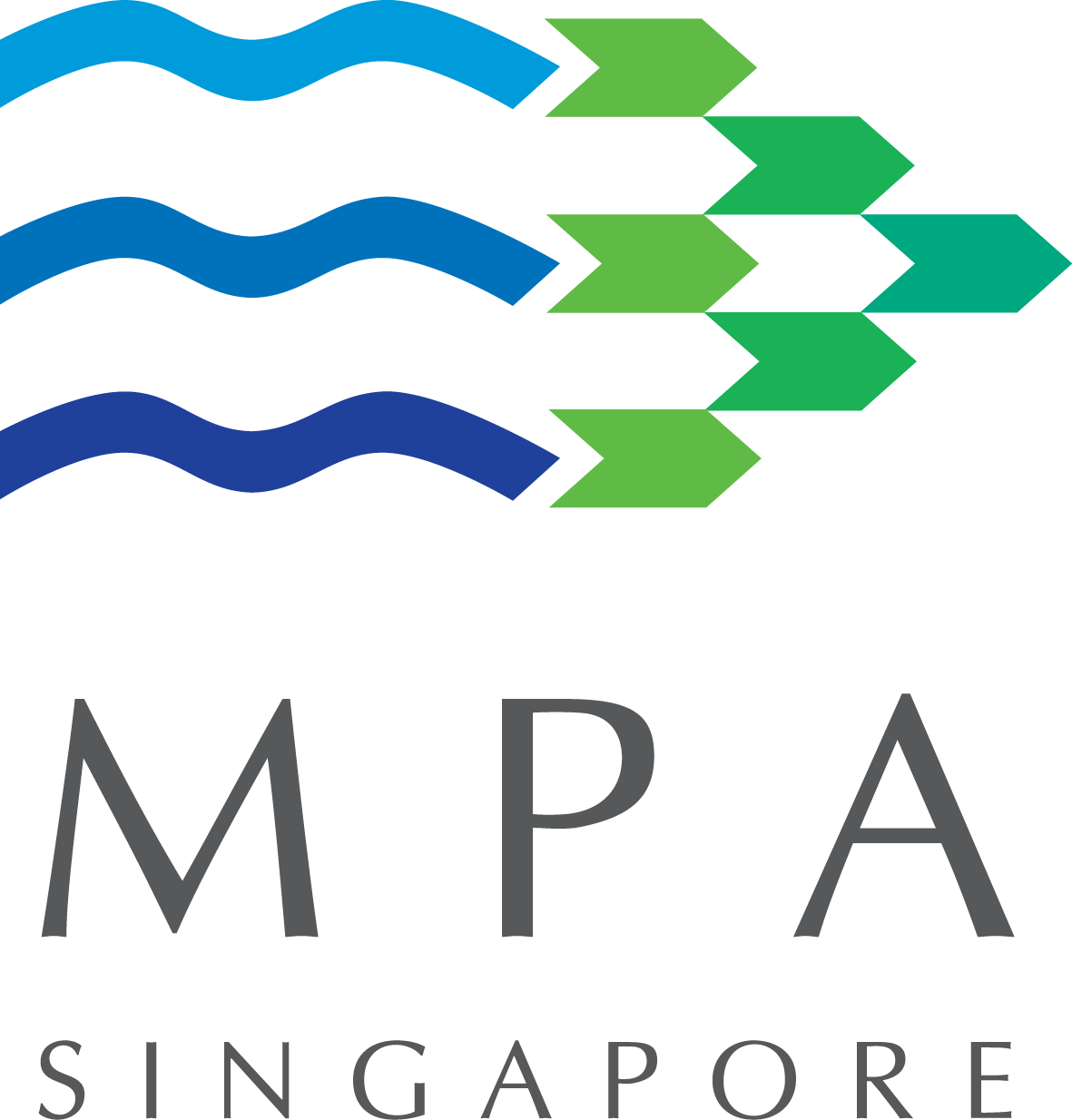Bunkering Standards
To ensure a robust bunkering sector, Singapore has implemented a set of bunkering standards covering documentation, equipment, procedures, quality of bunker fuel supplied and more.
A list of key standards are listed below. MPA reviews these standards from time to time to ensure its quality.
If you would like to purchase these publications, they are available at https://www.singaporestandardseshop.sg/
SS648 was developed for the benefit of the bunker industry in Singapore comprising ship owners, operators, charterers, bunker suppliers, bunker craft operators and bunker surveyors and is intended to enhance the efficiency of bunkering operators and promote best practices in the measurement of bunker fuel delivered.
The purpose of this SS is to document principles, requirements and procedures in the application of mass flow metering to bunker in Singapore.
MPA has implemented the Singapore Standard for Quality Management for Bunker Supply Chain (QMBS) or SS524, the first national quality management standard for the bunkering industry. SS524 is one of the requirements under the MPA accreditation scheme for bunker suppliers.
The SS524 aims to establish an unbroken chain of control over the quality of bunker fuel supplied in the port. It looks into the management system for the entire bunker supply chain from product procurement to delivery of bunker to vessels in the Port of Singapore.
Since 1 Jan 2023, SS 600:2014, has been superseded by SS 600:2022. All bunker suppliers, bunker craft operators, bunker surveying companies and bunker surveyors are required to comply with the requirements of SS 600:2022. This Singapore Standard is used to determine the quantities of bunkers delivered to vessels by bunker tankers using tank gauging. Tank gauging according to this standard is used to determine the remaining quantity to be delivered in the event of a mass flow metering (MFM) system failure, where delivery by the MFM cannot be continued. When this happens, permission from the implementing authority must be sought before proceeding with the tank gauging method and at the end of the delivery, a separate bunker delivery note is issued.
In October 2014, the Maritime and Port Authority of Singapore (MPA) announced a revision of the SS 600:2014 standard to ensure that the correct quality and quantity of the bunkers was delivered in a safe and efficient manner. As part of continuous review, the Singapore Standards Council (SSC), in collaboration with the industry and MPA, published the SS 600:2022 edition on the Code of practice for bunkering by bunker tankers using tank gauging.
The 2022 revision of this standard consist of the following main changes:
- Aligned with the latest published SS 648:2019 Code of practice for bunker mass flow metering and SS 660:2020 Code of practice for bunker cargo delivery from oil terminal to bunker tanker using mass flow meter.
- Specified its use as a standard to be followed in the event of MFM metering system failure.
- Aligned the document structure to the updated ISO requirements; and
- Updated Annex U on SBC terms and Annex T on Resolution of disputes by the Singapore Chamber of Maritime Arbitration (SCMA).
The “gate system” for licensing of port limit bunker tankers, spells out the requirements for bunker tankers of 600 DWT and above to operate in the Port of Singapore.
In November 2011, the Maritime and Port Authority of Singapore revised the “gate system” for the licensing of port limit bunker tankers.
| DWT of Tanker | Existing Harbour Craft Licence (Bunker Tanker) | New Harbour Craft Licence (Bunker Tanker) |
| Below 600 DWT | Non double-hulled bunker tankers of 25 years and above will not be allowed to carry HGO in port. Bunker tankers of 30 years and above will not be allowed to operate in port. (with effect from 1 Jan 2014) | Less than 5 years old |
| 600 DWT & above | Non double-hulled bunker tankers of 25 years and above will not be allowed to carry HGO in port. Bunker tankers of 30 years and above will not be allowed to operate in port. (with effect from 1 Jan 2014) | Less than 10 years old (with effect from 1 Jan 2012)
Subject to and comply with all MARPOL requirements, in particular:
|
Footnote:
Regulation 19 of MARPOL Annex I sets double hull and double bottom requirements for oil tankers delivered on or after 6 Jul 1996.
Regulation 13 of MARPOL Annex VI sets requirements for the control of NOx emissions from ships – diesel engine with a power output of more than 130 kW installed on a ship constructed, or which undergoes a major conversion, on or after 1 Jan 2000.
Standards for port limit bunker tankers, which covers equipment, operational performance and efficiency of the bunker tankers.
All steel-hulled bunker tankers operating in the Port of Singapore must adhere to the standards for port limit bunker tankers (.pdf, 178 KB). Covering equipment, operational performance and efficiency of bunker tankers, the standards are reviewed by the Maritime and Port Authority of Singapore (MPA) from time to time.
The “Standards for Port Limit Methanol Bunker Tankers” covers equipment, operational performance and efficiency of methanol bunker tankers. All methanol bunker tankers operating in the Port of Singapore shall comply with the standards as set out in this document.
All methanol bunker tankers licensed by MPA must comply with the requirements and conditions of licensing as imposed by MPA, including compliance with standards listed in this document, Technical References, Singapore Standards, Port Marine Circulars and other applicable requirements that may be in force or amended from time to time.
